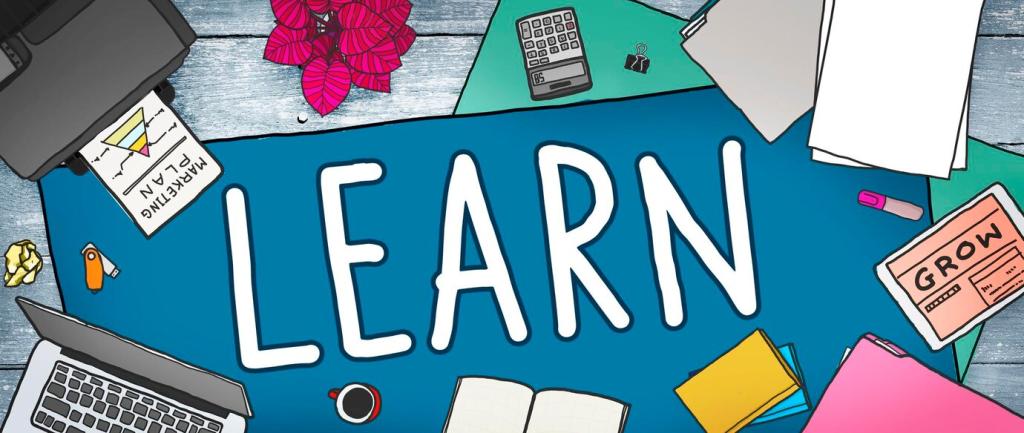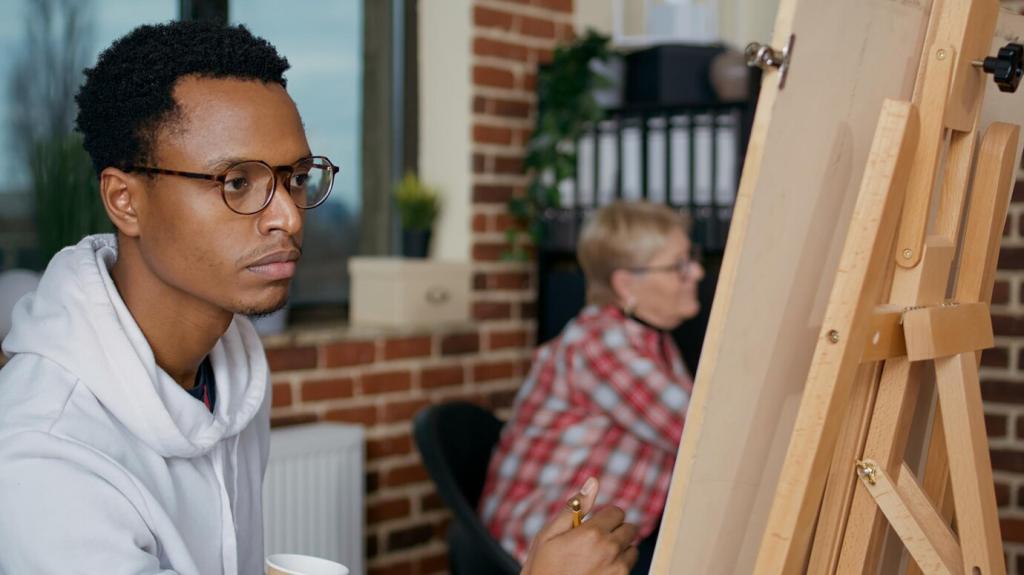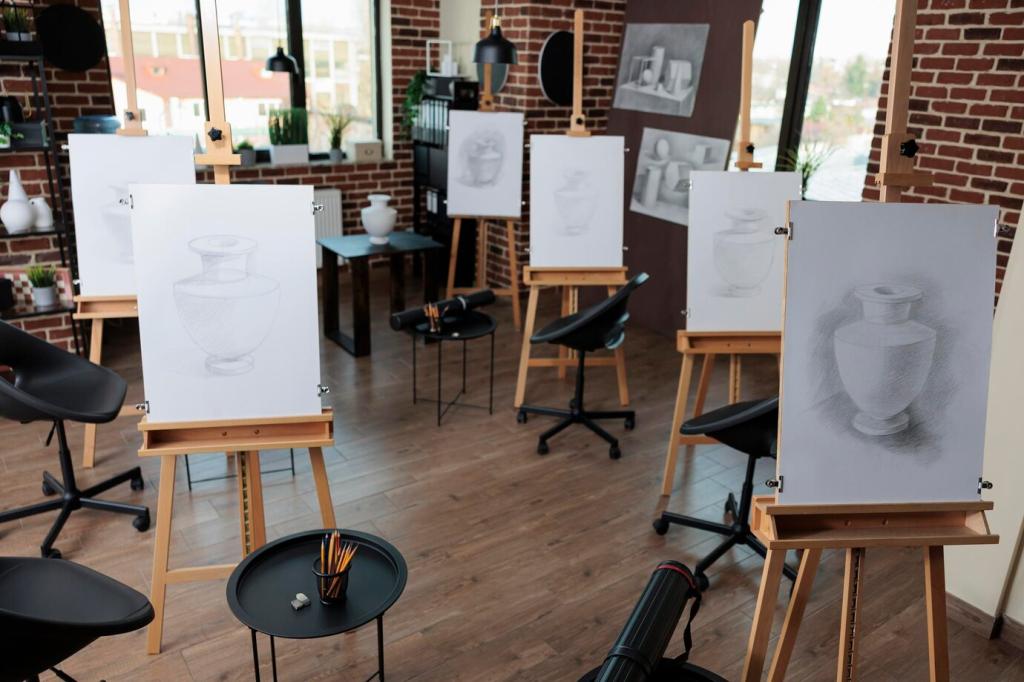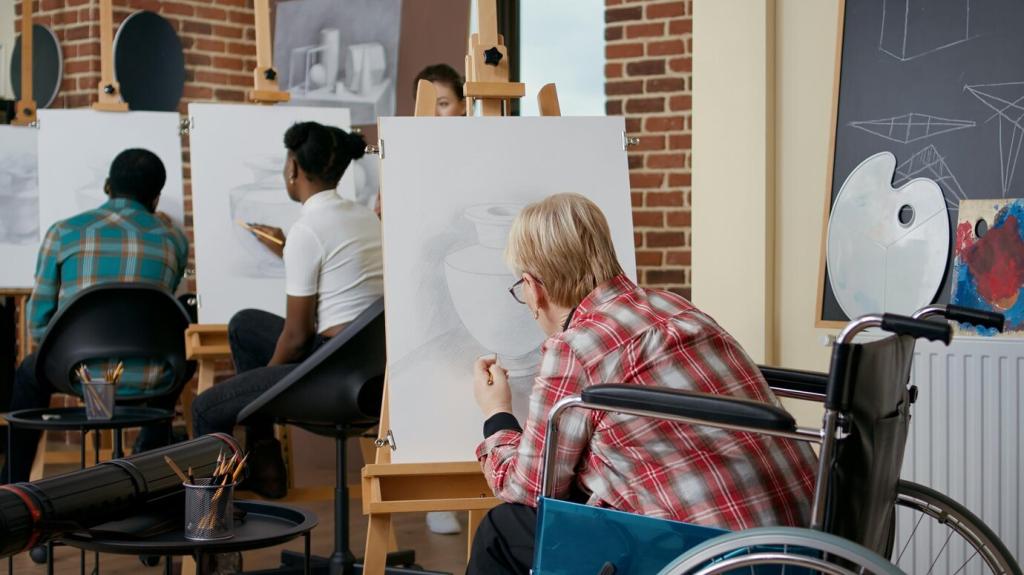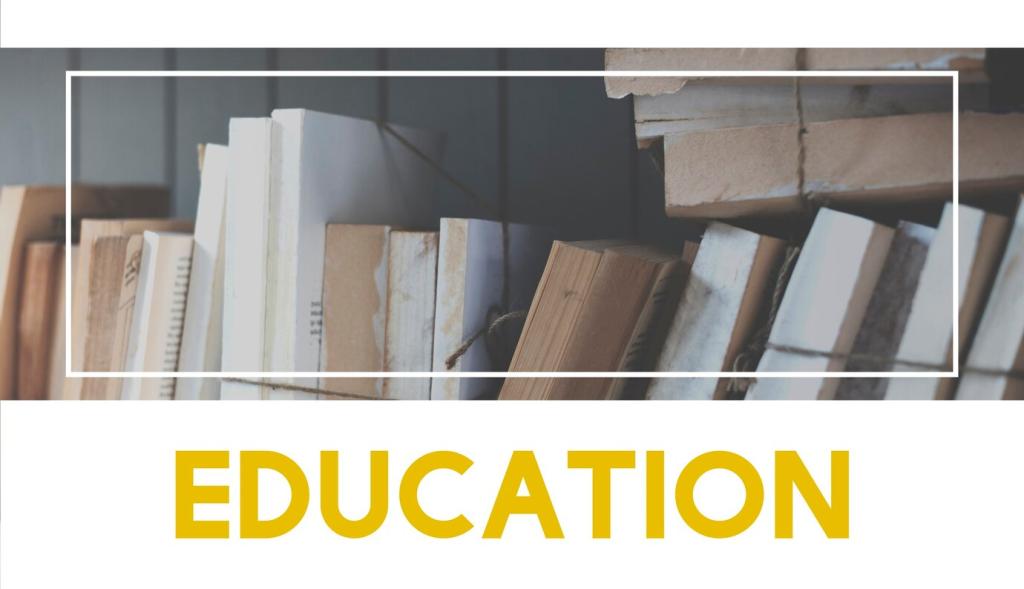Core UX Principles for Web-Based VR Classrooms
Start with a calm orientation scene, explicit safety tips, and lightweight practice tasks. Use progressive disclosure to teach one interaction at a time. A thirty-second warm-up lowers cognitive load and boosts confidence before real learning objectives begin.
Core UX Principles for Web-Based VR Classrooms
Provide seated and standing modes, teleport locomotion, vignette options, and readable spatial text. Offer a 2D fallback mirroring essential tasks for non-headset users. Invite feedback from learners with diverse needs to continuously remove invisible barriers together.

